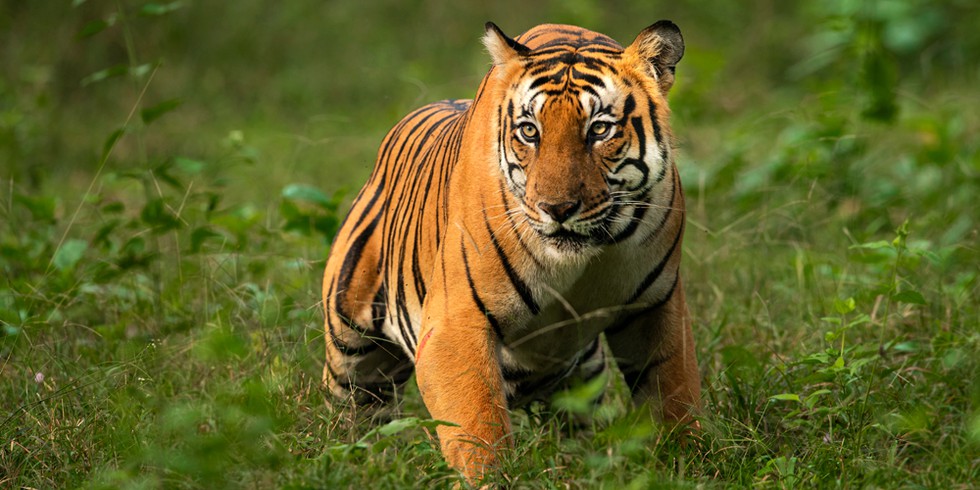About Corbett Tiger Reserve:
- It is located on the foothills of the Himalayas in Uttarakhand, spread over three districts, viz., Pauri, Nainital and Almora.
- Establishment:
- It is the first National Park in India, established in 1936. It was named Hailey National Park then.
- In 1957, the park was rechristened Corbett National Park in memory of the late Jim Corbett, a great naturalist and eminent conservationist.
- Today, after the addition of areas to the originally declared National Park, the total area of Tiger Reserve extends to 1288.31 sq. km.
- The terrain is undulating with several valleys. The rivers Ramganga, Pallaen and Sonanadi flow through the valleys.
- By and large, the reserve is spread over the Bhabar and lower Shivalik regions with a deep-water table.
- The tract is porous with boulders and sand deposits.
- Flora:
In general, the vegetation comprises sal and mixed forests, interspersed with grasslands and riparian vegetation.
- The grasslands are locally known as ‘Chaur’, which are an outcome of abandoned settlements or past clearings.
- Evergreen Sal and its combined trees, the Sheesham, and the Kanju are found extensively on the ridges.
- One plant, (actually a weed), which is a major irritant to the reserve authorities and is widespread in the jungle, is the Lantana.
- Fauna: Tigers and elephants are the charismatic mammals, besides a large array of co-predators (leopards, small carnivores), ungulates (sambar, hog deer, spotted deer), birds, reptiles (gharials, crocodile), and fishes.
